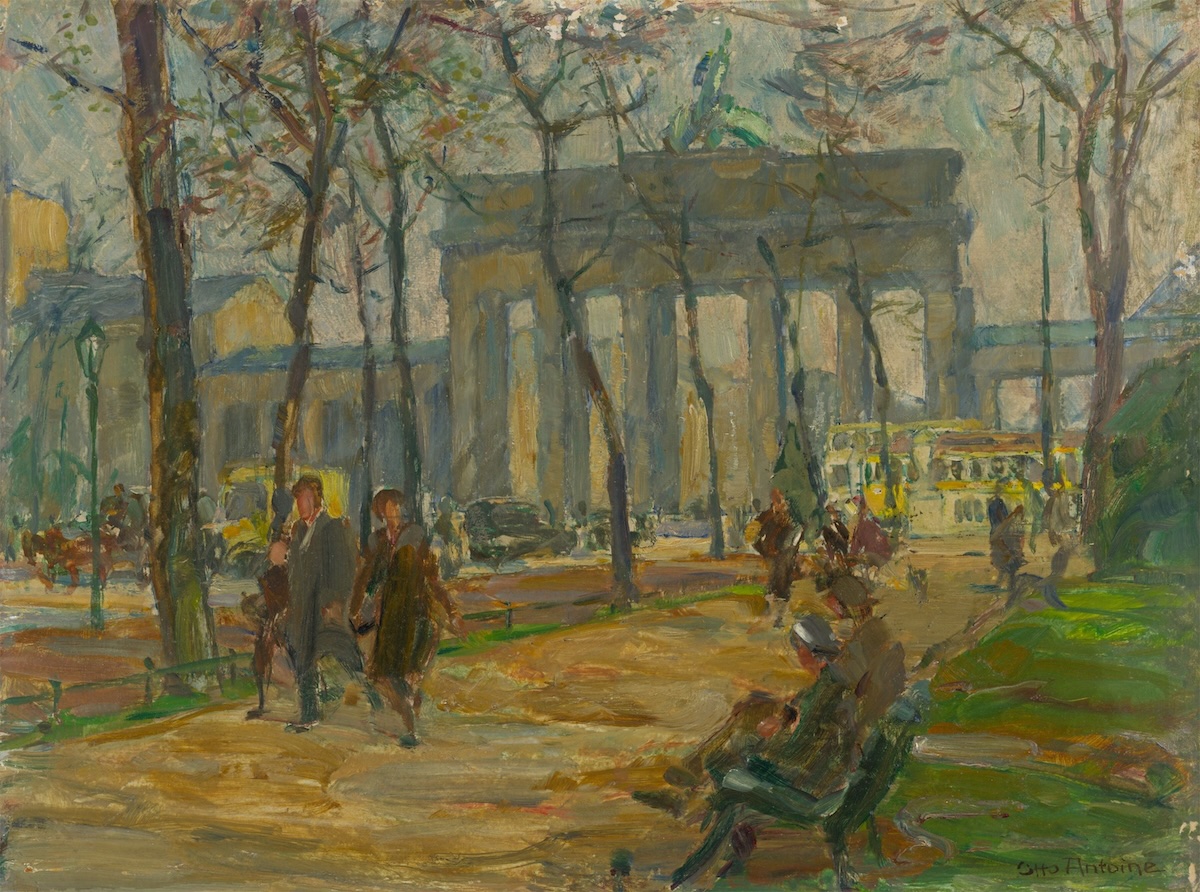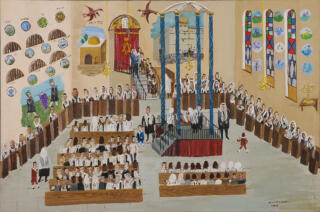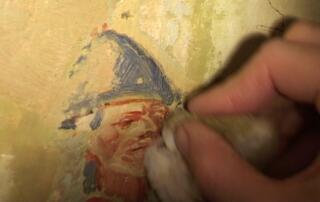Otto Antoine (1865-1951): “The Painter of Berlin” between Compliance and Defiance
Presentation by Kathleen Langone and Q&A with Jacquelyn Delin McDonald
Kathleen Langone speaks about the German born painter Otto Antoine (1865-1951), followed by a conversation with Jacquelyn Delin McDonald from the University of Texas at Dallas. Image above: Otto Antoine, Brandenburg Gate, 1928. Oil on cardboard Antoine displayed an early artistic talent but, due to economic circumstances, started a long-term career as a civil servant, initially as a clerk at a local post office. His drawing abilities were soon recognized, and he increasingly was used as a painter, engraver and designer of stamps for the German postal service. They also sent him to many far-flung places outside of Germany (such as Africa) to paint bucolic landscapes of those countries, which were used to promote their [...]














